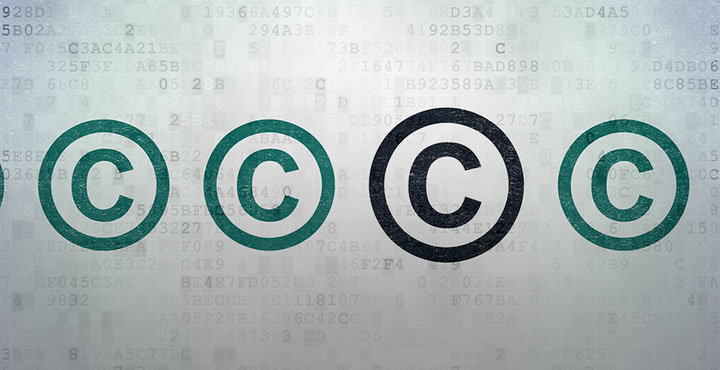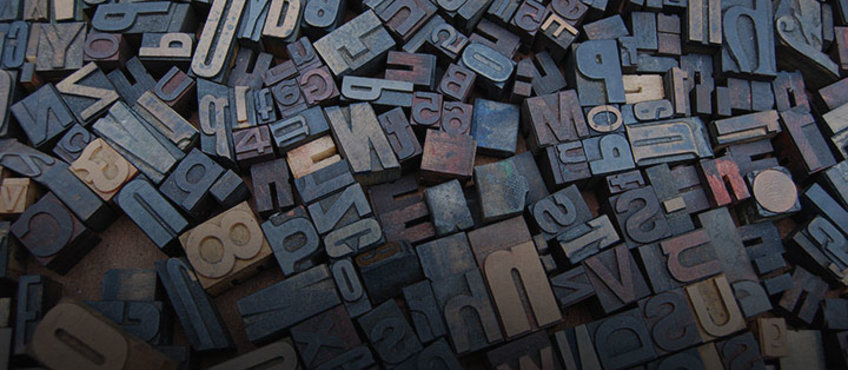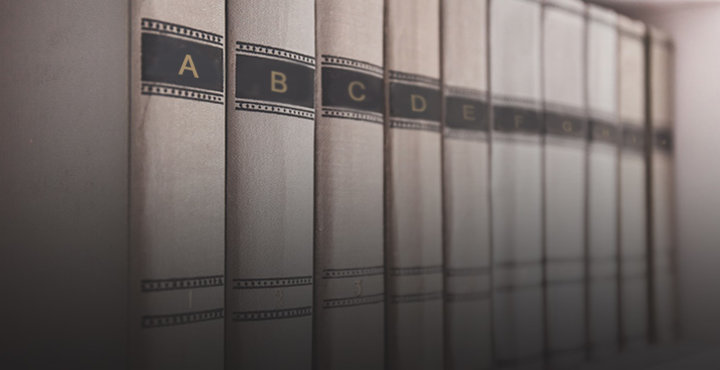How the new ISBN-13 system affects authors
You've decided to self-publish your masterpiece and you know you need an International Standard Book Number (ISBN) to sell your book worldwide. Do you remember hearing about a change in the ISBN numbering system some years ago? Can't quite remember what the big fuss was about? Well, you must ensure your work is numbered and categorized correctly using the new ISBN-13 coding system. A short history of the ISBN system and the new changes is posted here for your reference.
A little history
Publishers, retailers, and warehouses use the ISBN to track and reorder books. Each edition of a book (hardbacks, paperbacks, mass-market paperbacks) has its own ISBN. Until January 1, 2007, each ISBN contained 10 numbers; however, shortages of available 10-digit numbers in some parts of the world prompted the transition to a 13-digit number.
Benefits of the new ISBN-13 system
The transition has been beneficial beyond easing the number shortage. The barcodes on the backs of books (and nearly everything else) use International Article Numbers (EANs). EANs begin with a 3-digit country code (with some exceptions in North America to accommodate the older 12-digit Universal Product Code [UPC]). The prefixes 978 and 979 were assigned to the fictitious country of "Bookland" for use by the publishing industry so that barcodes for books would conform to those used on other products. These 3-digit prefixes—978 and eventually 979—are the new numbers that have been added to the 13-digit ISBN, thereby making the ISBN identical to the Bookland EAN.
The new ISBN regulations went into effect on January 1, 2007. Books published before that date still use the old 10-digit ISBNs; books published after that date use the new 13-digit ISBNs. Also, copies of older books printed after the implementation date should use the newer format.
What does this mean for authors?
The ISBN transition should have little effect on most authors. If you're using a traditional publishing house or an e-publishing company, your publisher likely has dealt with this change and updated the numbering system.
A note for self-publishing authors
Books published after January 1, 2007 require the 13-digit number in human-readable form with proper hyphenation above the bar code (e.g., 978-1-873671-00-9). Because the new ISBN numbers are the same as the Bookland EANs currently used for barcodes, self-publishing authors don't need to worry about changing them. The EAN will continue to be printed in readable form below the barcode. You don't need to put new stickers on old books for sale because the barcode isn't changing.
If you have self-published a book and have a leftover 10-digit ISBN, you'll need to reformat it as a 13-digit code by adding the 978 prefix and recalculating the check digit. You can learn how to do this with the following ISBN conversion tool.
The procedures for getting an ISBN for your book haven't changed. You must still apply for an ISBN from your national ISBN agency.
System upgrades
The primary systems affected by this change are the computers that publishers, warehouses, and retailers use to track their stock (and that of their competitors). Many of these systems used only part of an ISBN. Because publishers' codes have changed since the system expanded to include the 978 prefix, all that software has been changed to accommodate the 13-digit number—not unlike the Y2K transition that happened just before January 1, 2000.
Resources for authors
For more information about ISBNs and the transition to ISBN-13, please refer to the International ISBN Agency's Guidelines for the Implementation of 13-Digit ISBNs. And if you are self-publishing, remember to send your book to our ebook editors to ensure your book is error free.
Image source: breather/Unsplash.com










